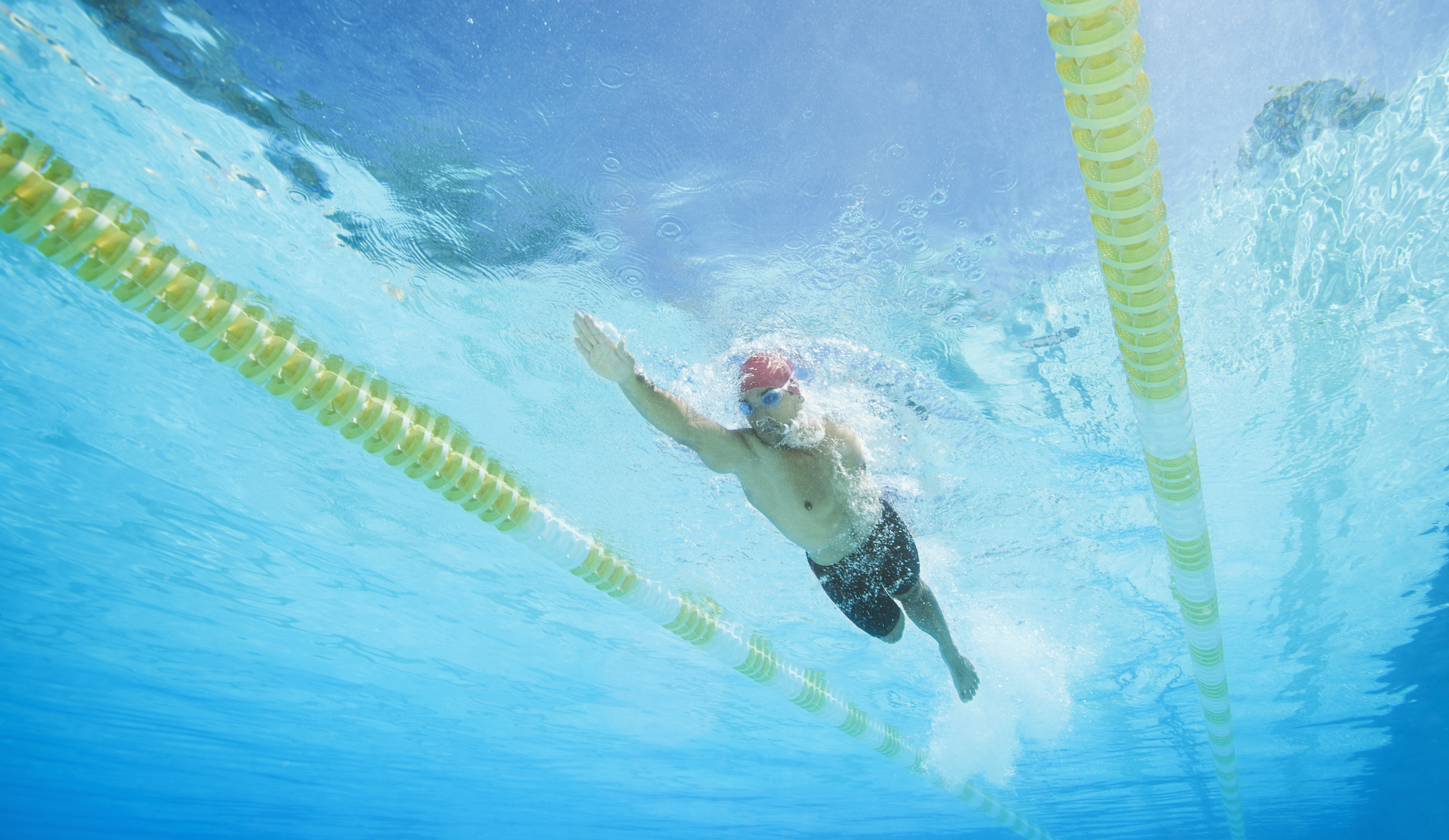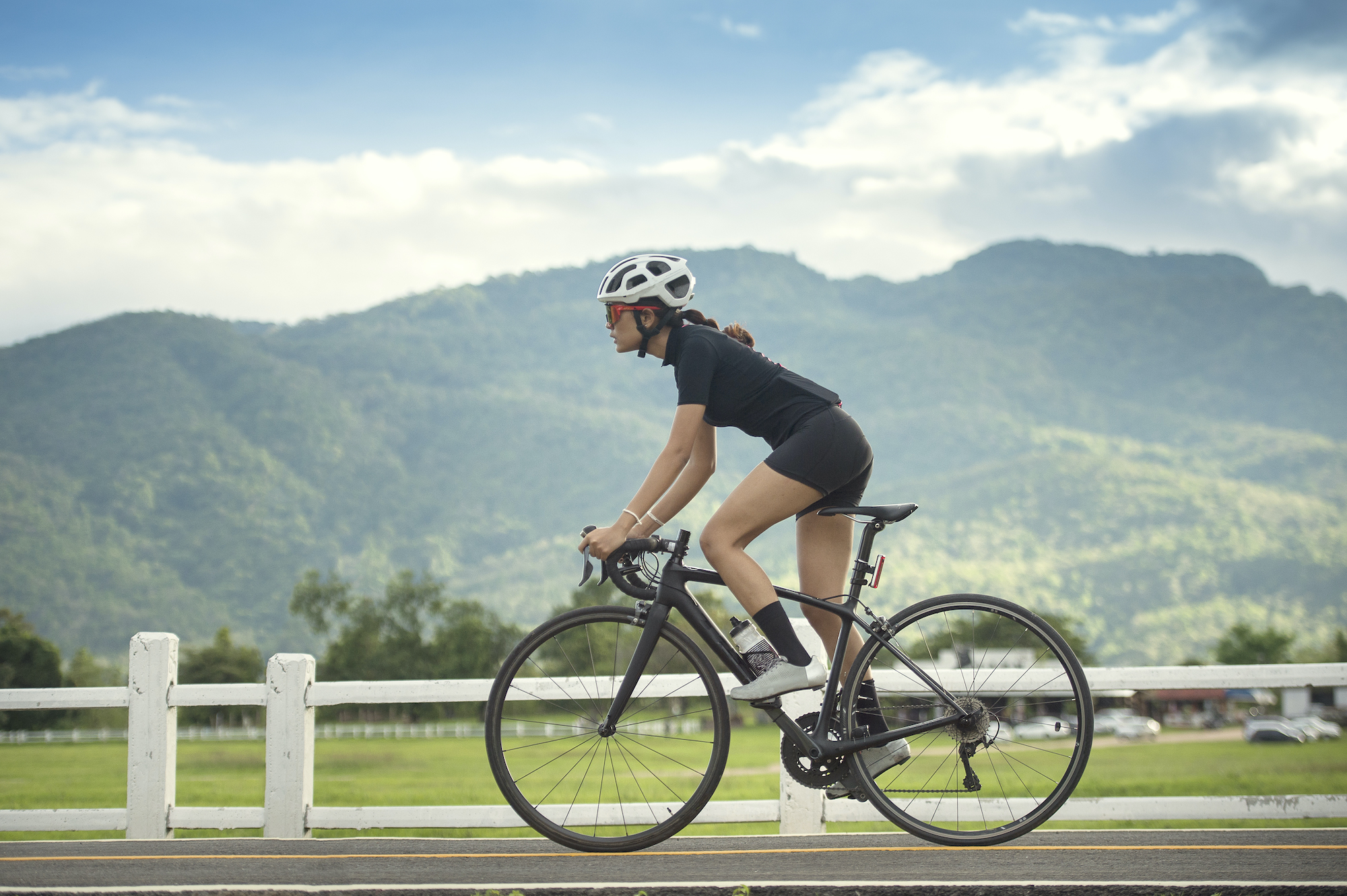10 ways to ensure you’re ready for race day
Want to rock up to the start line in the best shape possible? Who doesn’t?! With these expert tips and tricks you’ll race every triathlon feeling fully prepped and raring to go…

Your main event is edging closer. That means one thing and one thing only – it’s time to dial things down to crank things up on race day. Here’s everything you need to know about tapering that will ensure your best race ever…
You’ve trained with the commitment and stoicism of an Augustine monk and your goal race is on the horizon. You feel fit but fatigued. All those training hours might have resulted in some serious physiological adaptations, including increased aerobic capacity and greater power output, but you can’t shake the lethargy that’s coursing through your veins. Fear not – it’s time to taper.
Simply put, tapering is the art of peaking for a particular triathlon by cranking down training load in search of peak performance. It’s about trading the fatigue of everyday training for freshness that’ll maximise your fitness. According to studies, if you get it right, you can enjoy performance improvements of 2-3% over your pre-taper.
Tapering-induced gains result from numerous physiological changes. All three of the following, for example, are raised after a taper: haemoglobin (oxygen-carrying capacity of red blood cells), haematocrit (percentage of red blood cells in the blood) and red blood cell volume (size of red blood cells). As endurance sport is all about becoming as efficient as possible at assimilating and absorbing oxygen, you’ll race stronger and faster for no more effort.
Further research suggests tapering strengthens the contractile properties of muscle fibres, glycogen stores increase, while white-blood cell count – and therefore immunity – rises. And there’s also evidence that testosterone increases and cortisol drops after a good taper, again meaning you’re primed for optimum performance.
So, tapering works. ‘But we need more meat on the fatigue-beating, fitness-raising bone,’ you cry. No problem – read on to maximise your PB-beating chances…
1. Stick to the plan

“Closing in on your goal race can be a stressful time; nerves and tension can run high and it’s common to doubt your readiness and wonder if you’ve done enough,” says Tom Cooling, founder of Horsepower Coaching.
“Don’t try and test yourself with huge off-script sessions or try and cram last-minute training in. It doesn’t work. Trust the process. It’s better to arrive 10% less fit than 1% overtrained.”
2. Fuel proficiently
For events over 90mins, carb-loading – where you increase carbohydrate in the build-up to an event – is worth trying.
Anecdotally and empirically you do put on weight when you carb-load because when you store carbohydrate in the form of glycogen, you also store water. But the extra energy you carry in weight is worth it over the duration of your event, especially if you’re racing middle-distance and beyond.
- When should you start carb loading as a triathlete?
- Best energy gels for triathletes
- Best energy bars for triathlon
3. Know oneself
“Tapering’s an individual thing,” says Cooling. “Some athletes need a long run-down and others very little. Learn what works for you by performing fitness tests when you’re fresh and with a few days training in your legs.
“As a general rule, a three-week taper would look like 75% normal volume, then 50%, then 25%. Prioritise rest, some easy work and a few sharp intervals to keep in touch with race pace.”
4. Keep up the intensity

Research shows that optimal tapering duration for endurance events ranges between eight and 14 days. As for training load, volume must drop by around 41-60% by reducing either the duration or frequency of the sessions. However, maintaining intensity is a key factor in retaining or further increasing fitness adaptations during the taper.
Studies suggest that by working at an effort similar to race pace not only increases VO2 max and anaerobic threshold, but also familiarises your neural pathways with the speed of movements you’ll be executing on the day.
5. Sleep easy, race fast
“When you’re preparing for an important event, nerves can disrupt your sleep,” explains professor of sport science Louis Passfield.
“Inevitably you might struggle to sleep the night before, especially if you have an early start. So, try to bank as much sleep as you can in the lead-up.” To improve sleep, banish your smartphone from bedtime, leave a bedroom window ajar and use sheets instead of a duvet to regulate temperature.
6. Ease out a new PB
Regular massage will keep your muscles free of knots and fresh for training and racing. But don’t have a massage the day before your race because it can leave your legs feeling as fatigued as if you’d had a training session.
That said, a post-race massage is recommended to get the blood flowing smoothly again.
7. Factor in prep time

If you’re racing abroad, the ideal is that you’re there at least three days in advance – longer if racing at altitude or in the heat. Of course, with work and family this is rarely practical, but ensure that you give yourself time to road-test your equipment, to straighten out any bike-mechanical issues that might have derived from some over-zealous baggage handler.
8. Cut down the fibre
“One to two days before your race, reduce dietary fibre. This will stop surprise dramas on race day,” says Cooling. Foods high in fibre include beans, avocados and broccoli. Wholemeal bread’s also high in fibre so swap out for the white stuff.
Back to Cooling. “The day before your race, have your biggest meal at lunch then something lighter in the evening. This will again reduce the chance of bottom issues on the big day.”
9. Measure your mood
It’s common to have a drop in mood or lose a little confidence during your taper as you’ve become accustomed to training so hard. Don’t fret – it’s common.
If you want evidence of how your mood changes, you could fill in POMS (Profile of Mood States). This is a psychological questionnaire containing 65 statements that gauge your mood. One study had cyclists complete the POMS and perform a performance test throughout a six-week period.
The researchers discovered that the rider’s TMD (total mood disturbance) score increased after the overload period and decreased below baseline scores after the taper. You can fill in POMS online. Do it before every race and see if the TMD scores and graphs match performance outcome.
10. Don’t forget protein
Avoid the common mistake of only eating carbs the days before an event. Your body demands protein all the time, so you can and should eat a small serving, such as yoghurt, turkey or chicken, as the accompaniment to your carb-loading meals.
Or go for plant proteins such as beans and lentils. Around 1g protein per kg bodyweight should be sufficient for muscle repair.
Top image credit: Getty Images




